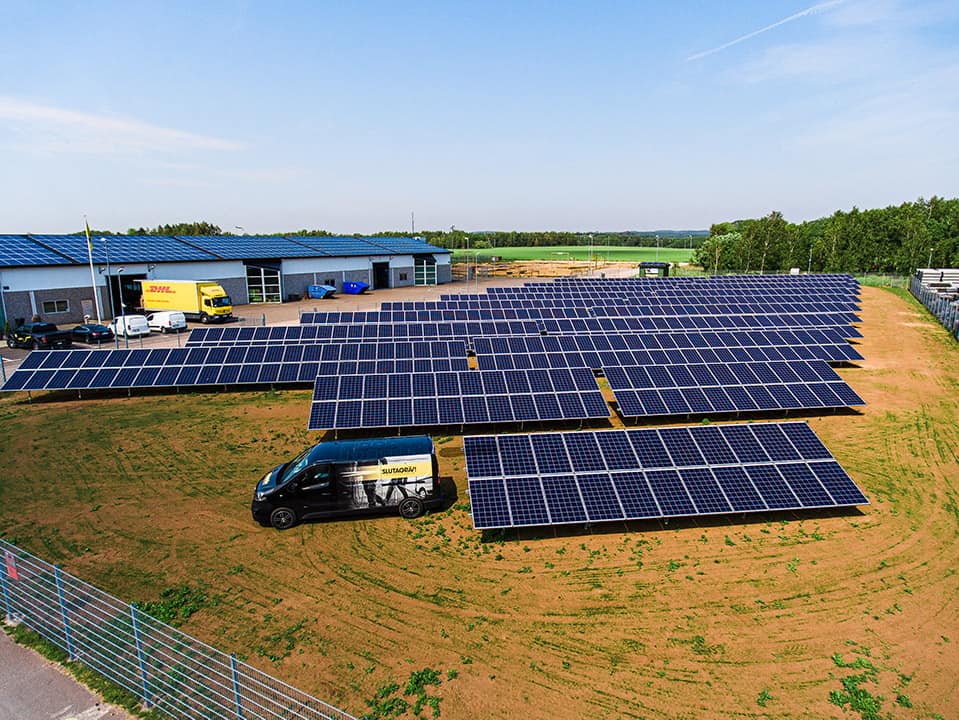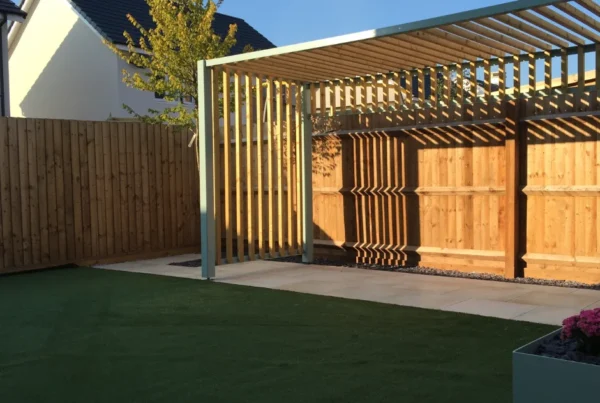In 1931, Thomas Edison apparently told his friend Henry Ford: “I’d put my money on the sun and solar energy. What a source of power!”
We only have one source for this conversation; it may not actually have happened, but that doesn’t take away the truthfulness of the statement. With environmental issues at the forefront of our minds as we come to the end of a year that held the COP26 conference, more resources have been put into developing alternative energy sources.
In 2019 the UK government committed to reach Net-Zero greenhouse gas emissions by 2050. Their Net-Zero Strategy includes a change in energy, moving over to cleaner energy sources, such as solar. One of the oldest and cleanest sources of energy, solar is being harnessed by not only private solar panels, but also larger-scale solar parks.
What are solar parks?
Solar parks, also known as solar farms, are large areas of land that have interconnected solar panels placed together and work as a natural energy plant. They are usually made up of groups of solar panels collected together and they work in the same way as gas power plants and generate electricity and feed the energy directly into the grid. This is in comparison to individual solar panels that usually power a single building.
How do they work?
When the sun hits the panels, there are internal conductors that take the photons that hit the panel and convert them from a direct current to an alternating current. Most of the time, panels are mounted on “single-axis tracking systems.” Solar panels are attached to horizontal poles which run north to south. Throughout the day the panels rotate from east to west to follow the sun.
When it comes to the actual setting up of the solar panels, many people opt to put them on ground screws instead of concrete as they are much better for the environment. As the land solar parks are on can be used as grazing land for livestock, it’s also beneficial to use as it is not damaging to the local environment.
Why are they a good idea?
Solar panels have a minimal carbon footprint, as they last for 25 years plus with no loss in productivity. With the materials used in the panels being increasingly recycled, the carbon footprint will continue to decrease and remain very sustainable.
Fun facts
- Uk is the seventh-largest producer of solar energy in the world.
- The biggest solar farm in the UK is Shotwick Solar Park located in Flintshire, Wales. It produces 72.2 MW per year and is spread over 250 acres.
- Solar parks could give homes to various wildlife. The fields can be used to graze livestock, as the panels are not dangerous to them. Also more solar park owners are being encouraged to use the land to sow wildflowers and provide a habitat for pollinators, especially for bumblebees.*
- One hour of sunlight is equivalent to one year’s worth of energy for the planet.
- China is the world leader in solar energy.
If you are interested in solar panels or solar farms then feel free to get in touch with us to see how we can assist with the installation. Ground screws are an environmentally friendly alternative to concrete foundations and we can provide an end to end solution sourcing the stands for the solar panels. Even if the potential area has hard to reach and uneven land, ground screws are adjustable and easily installed with our handheld equipment. Contact us on: SALES@STOPDIGGING.CO.UK or 020 3970 3979 for more information.





